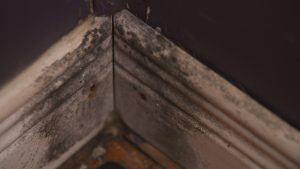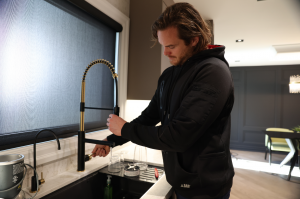I have personally seen a lot of houses where water intrusion has done some serious damage. This is one of the reasons I always rip out the walls when I work on a project. You never know what’s hiding behind the walls. Here are some tips to prevent mold growth in your house:

Always run your exhaust fans when cooking or taking a shower and at least 20-30 minutes after.

Make sure you have adequate attic ventilation.
If there is insufficient attic ventilation, humidity accumulates and can cause mold to grow on materials like wood framing, insulation, drywall and paint finishes.
Check the flashing on your roof after a bad storm to make sure it’s intact.
Inspect the areas where the garage meets the house, where windowsills join siding, and wherever roof lines meet and dip into valleys.
If the flashing has become loose contact a professional roofing contractor to inspect your roof and make any necessary repairs.
Fix any leaky plumbing.
Check small leaks under your sink or underneath toilet tanks. If these leaks are left unaddressed, you are looking at mold growth.

Run your dehumidifier.
A home’s relative humidity should be within the 30 to 50 percent relative humidity (RH) range.
Look out for leaks in your foundation walls.
A small crack that isn’t growing over time may not require the expertise of a structural engineer. For larger cracks, you want to bring in a water proofing specialist and a structural engineer.
Mold spores have an impact on your indoor air quality. Get your indoor air quality tested by a professional for your peace of mind.
Here is how to test for mold.
